In any conflict, materials for field defences will be required.
The main questions are how much is sensible to provision in advance, how will its use be organised, and how much can the host nation be relied upon to provide it.
Everything is finite, engineers have to balance training time and cost, and it might be more sensible to simply cultivate host nation arrangements. There will be quarries and crushing plant, and timber mills and a forestry industry (especially in Northern Europe).
Transport will become the pressing problem in these cases.
If we require being more self-sufficient, processing equipment will need to be added to the mix, mostly at relatively small scale. Having greater self-sufficiency has obvious benefits, but we would have to be realistic at what scale this can be practically achieved.
Timber Processing and Transport
De-limbed trees, when cut to length, can be used in various field defences, from barrier posts to shelter construction, and when processed into rough sawn lumber, valuable for revetting.
Availability of the raw materials will vary by region, but in general, the closer to the point of need, the fewer transport resources will be required.

There are specialised equipment classes called harvesters and forwarders that are used in industry.
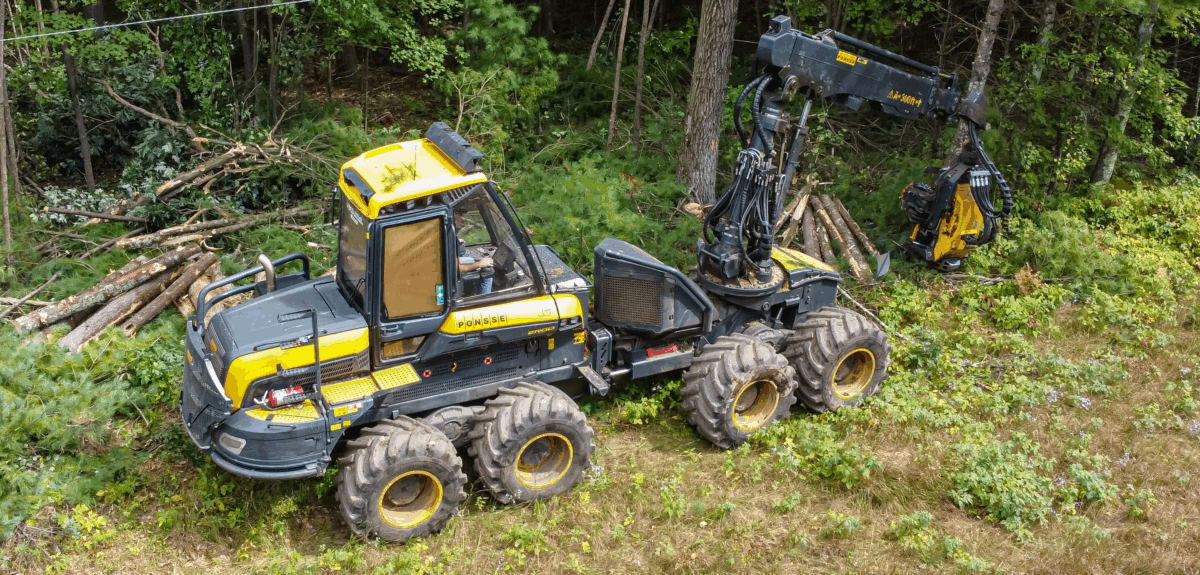
These are highly efficient, but if we can avoid specialist, single-purpose, equipment, then that is probably a good thing.
The existing C Vehicle Volvo wheeled and tracked excavators, and possibly the backhoe loaders, can use various attachments to increase the speed of tree felling and initial processing.
Tree shears such as those from RSL Engineering and Dymax UK are good examples.
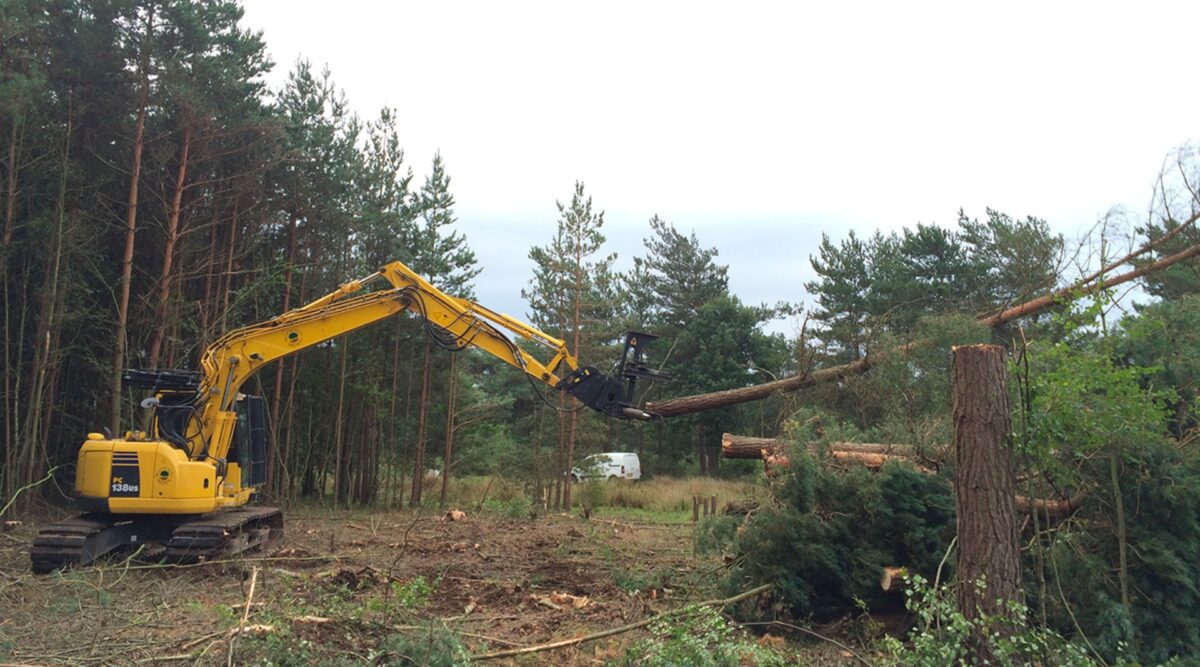
Using simple hydraulic shears, they are safe and quick, but mostly used for clearing rather than felling and processing.
A more sophisticated system, whilst still being an ‘attachment’ is the harvester head.
These not only cut the main tree but also remove branches and cut to uniform length, harvesting and processing using the same device.
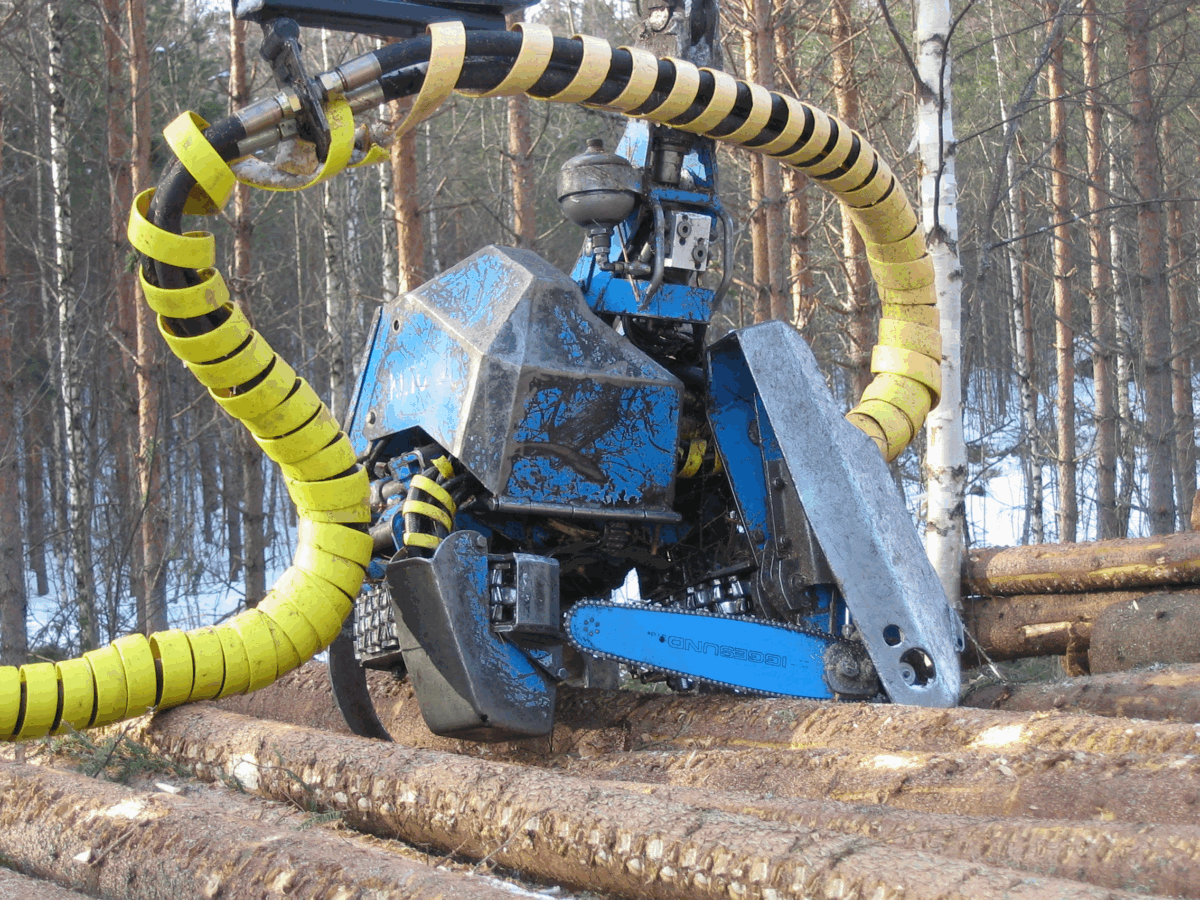
This attachment type improves throughput significantly over manual methods, and improves safety immeasurably.
To see one in action, the video below shows a model from Kesla in Finland (there are many others)
In addition to excavators, smaller models can be fitted to tractors and in service backhoe loaders.
I will be publishing an article in the future on tractors in general, and the JCB Fastrac specifically.
We should also not forget chainsaws, they are in service, and can be used to process timber for use in field defences.
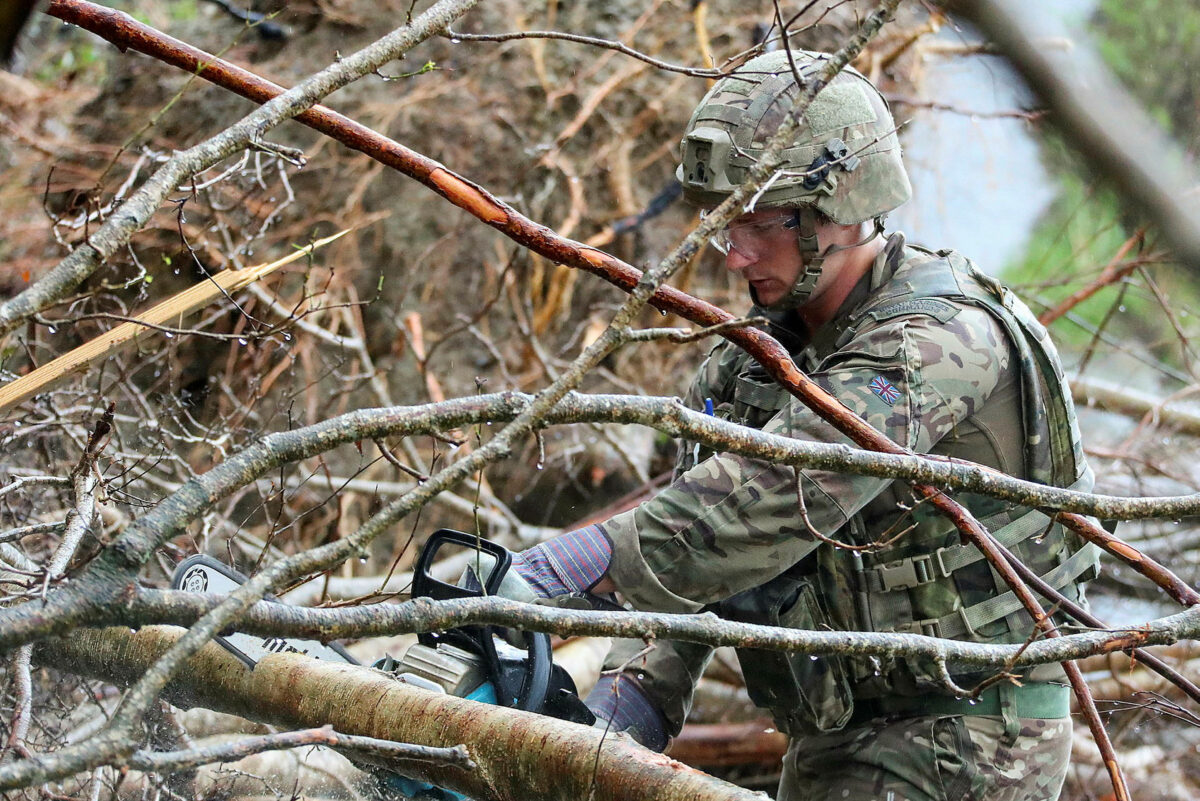
Chainsaws are almost a subject in their own, more to them in a military context than meets the eye,
Once trees have been felled and processed, they will need to be transported forward and distributed as required.
The existing vehicle fleet of MAN SV and Iveco self-loading dump trucks Could be more than sufficient, but there do exist specialist timber trailers and trucks to make the job more efficient.
If we wanted to further expand on the Archer base vehicle.
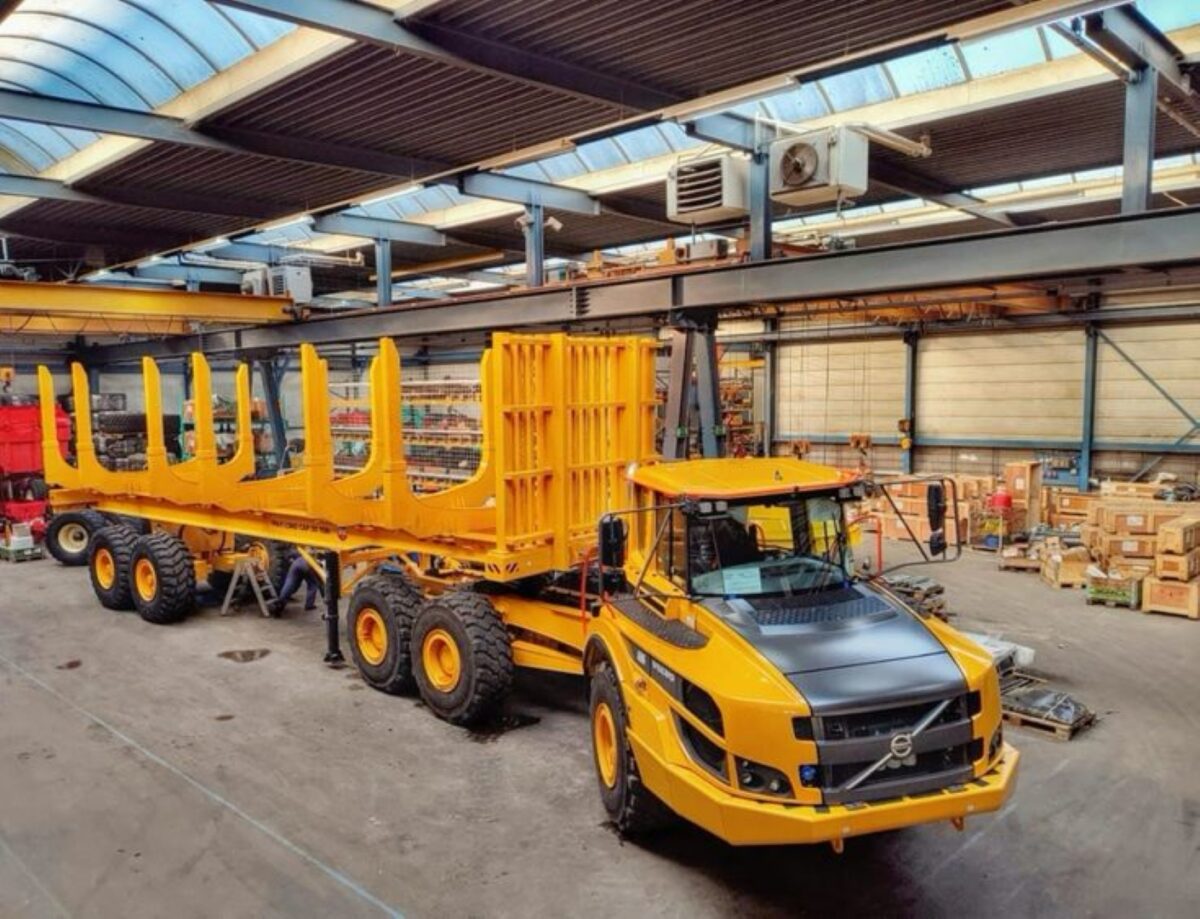
Or a conventional truck trailer for use with the MTVR based tankers units.
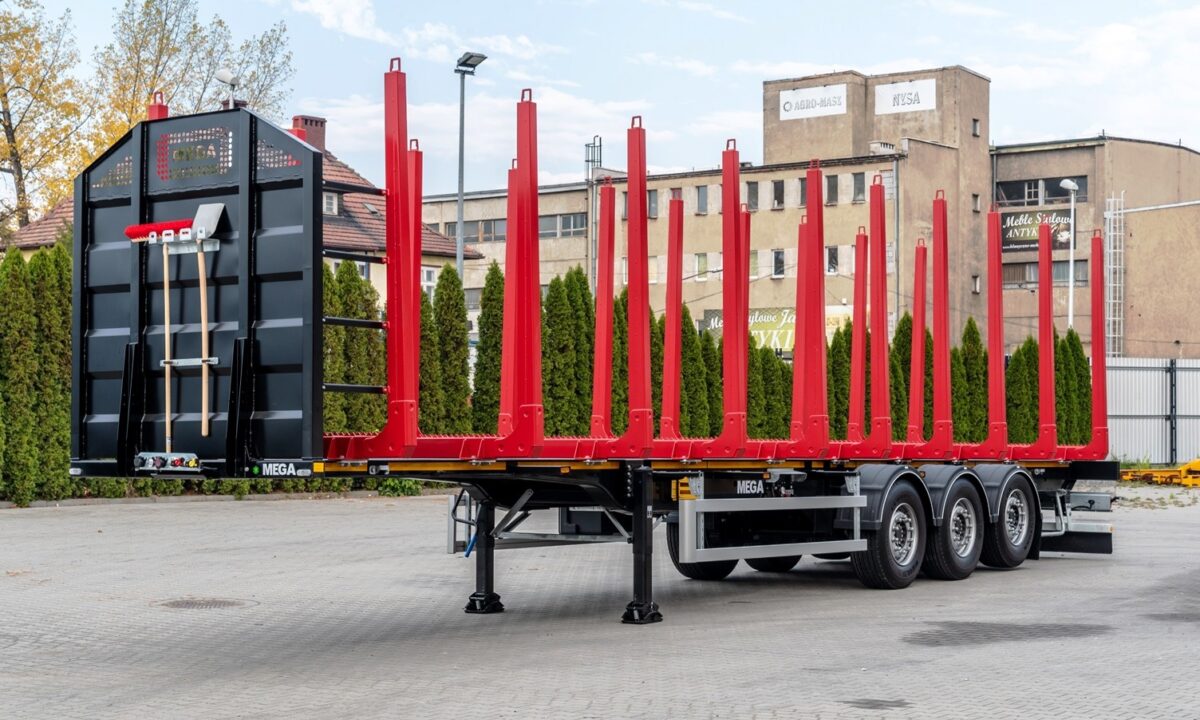
Or even a quad ATV.
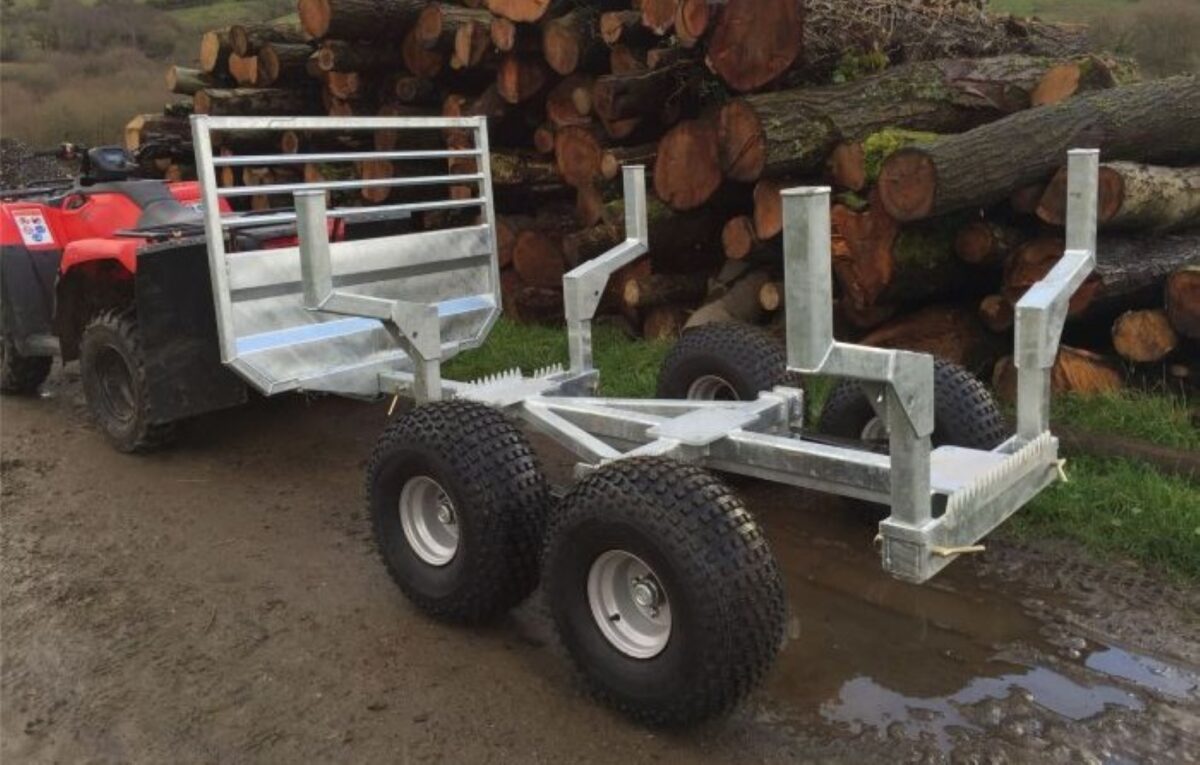
At the smaller scale, forestry log haulers can be used that use the log itself as a component of the trailer.
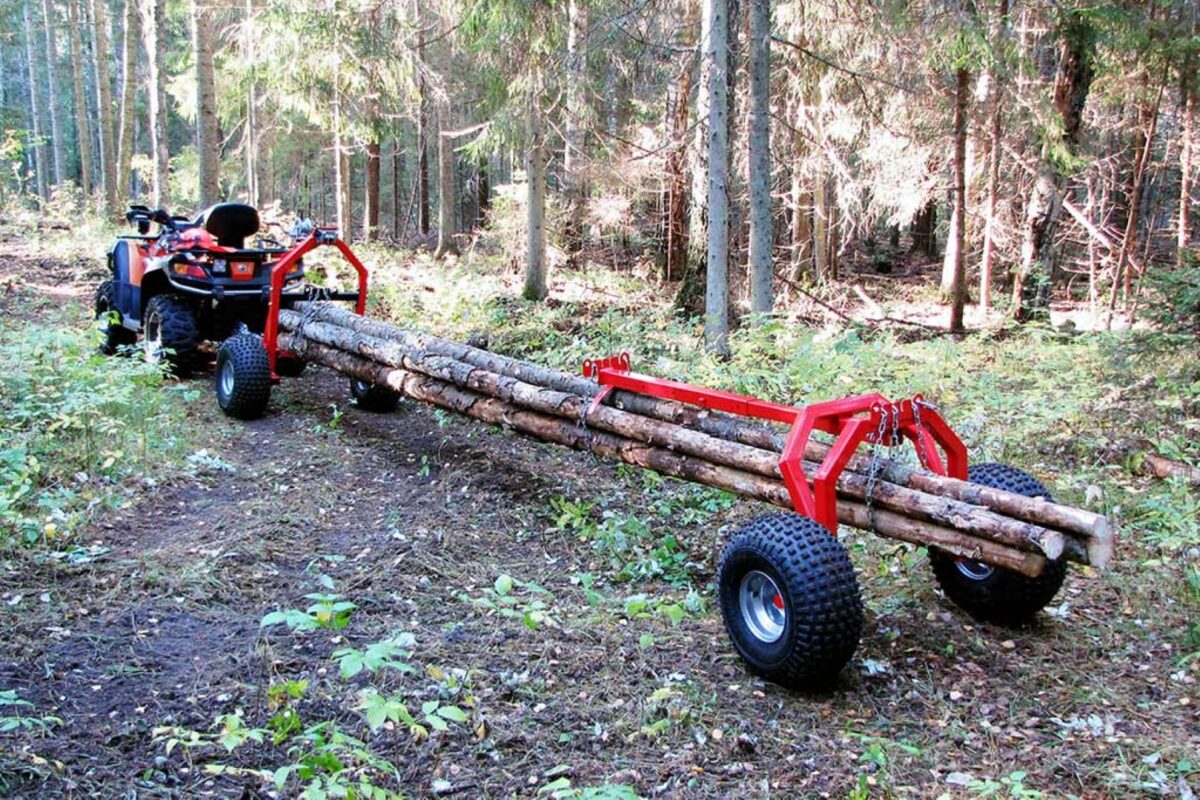
Existing trucks can be quickly converted using bolsters and subframes, another cheap and quick solution.
The obvious problem with these log bolster type trailers is getting the logs on and off, especially at the destination.
Conventional excavator timber clamps are in the inventory for in-service plant.
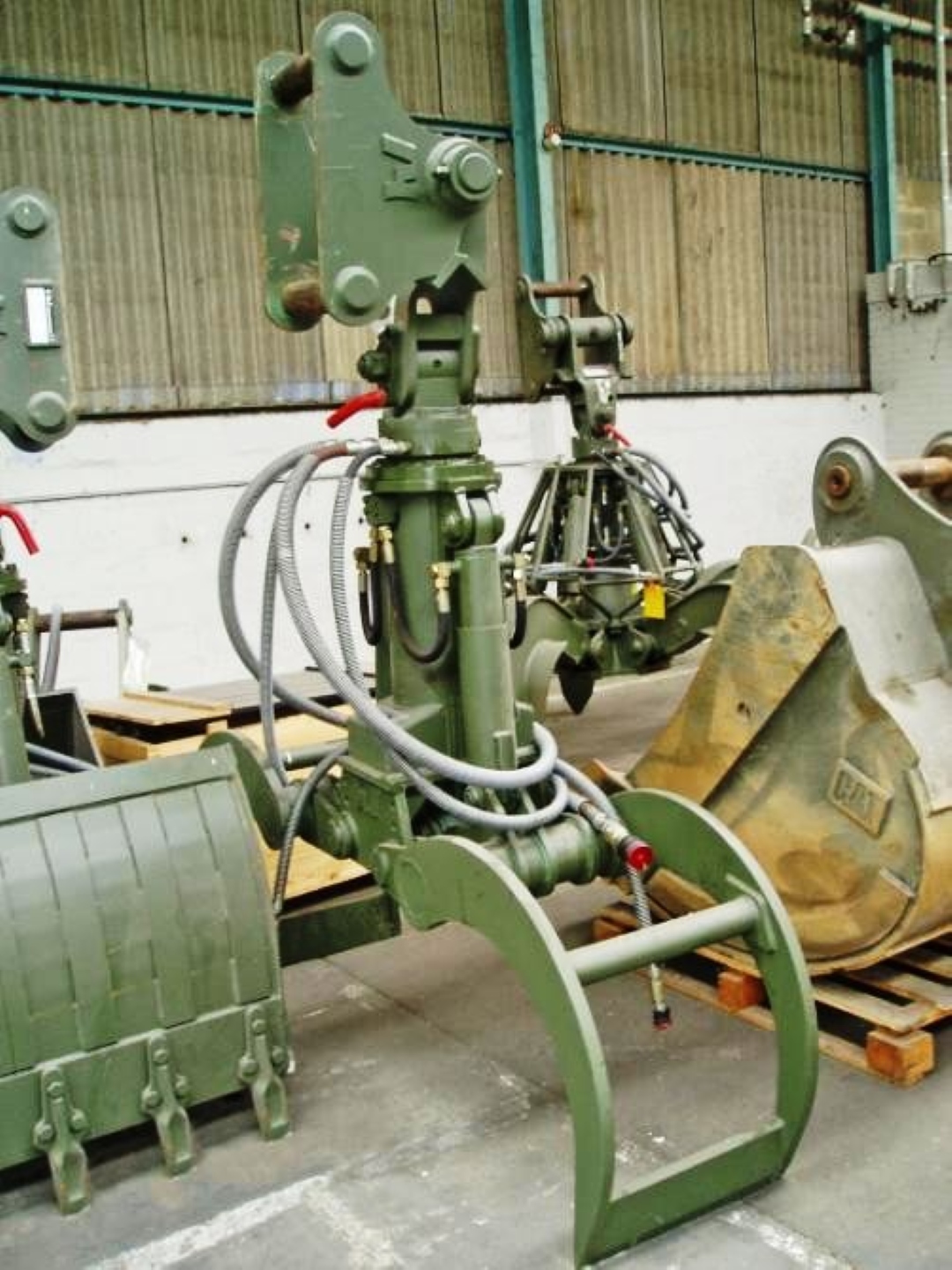
Exploiting simple methods such as tipping, or even dragging the logs off a trailer might be possible, but it is less than safe and very inefficient.
Self-loading forestry trailers solve that problem quite neatly.
At the smaller end of the scale, and with no hydraulics, the Kellfri trailer shown below is an example.
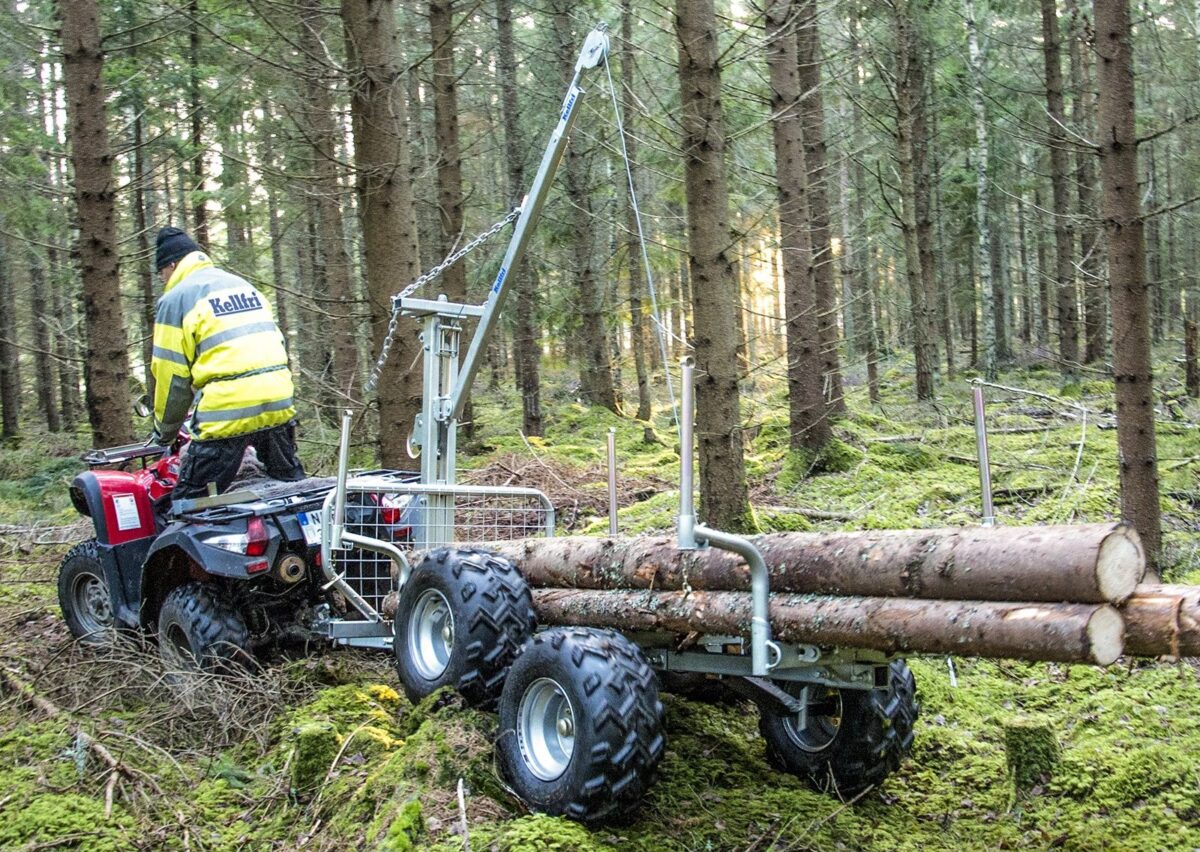
Another example is shown below, from JCB.
And another from Kesla.
The video below shows a PTO forestry trailer from Proengil in Poland.
With an unloaded weight of approximately 1,500 kg (without crane), it has a payload of 8 tonnes.
HM Trailers in the UK make a range of similar trailers, as do Pfanzelt. Black Bruin in Finland and BPW in Germany the driving vehicle hydraulic system which provides the operator with much more control for the Agro Drive, at a larger scale.
Hooklift trailers can be quickly converted to log trailers, this example from Stronga in the UK.
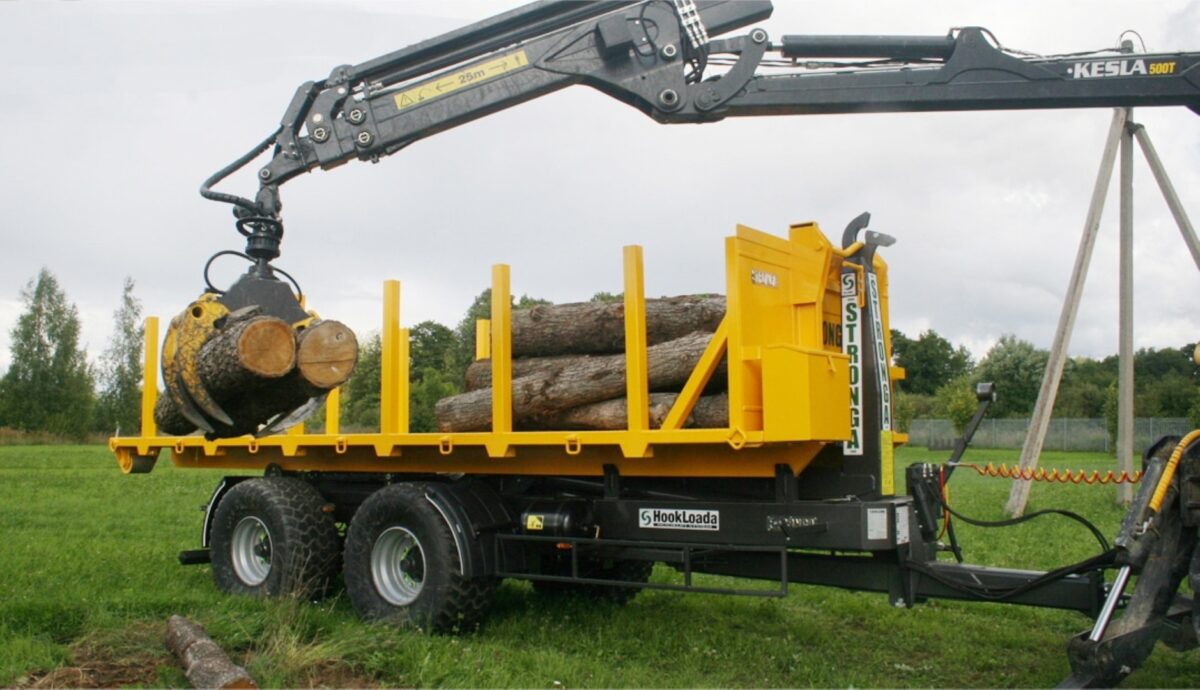
See it in use in the video below
Even at the ATV scale, forestry trailers are widely available, some with a Robson Drive to assist with mobility.
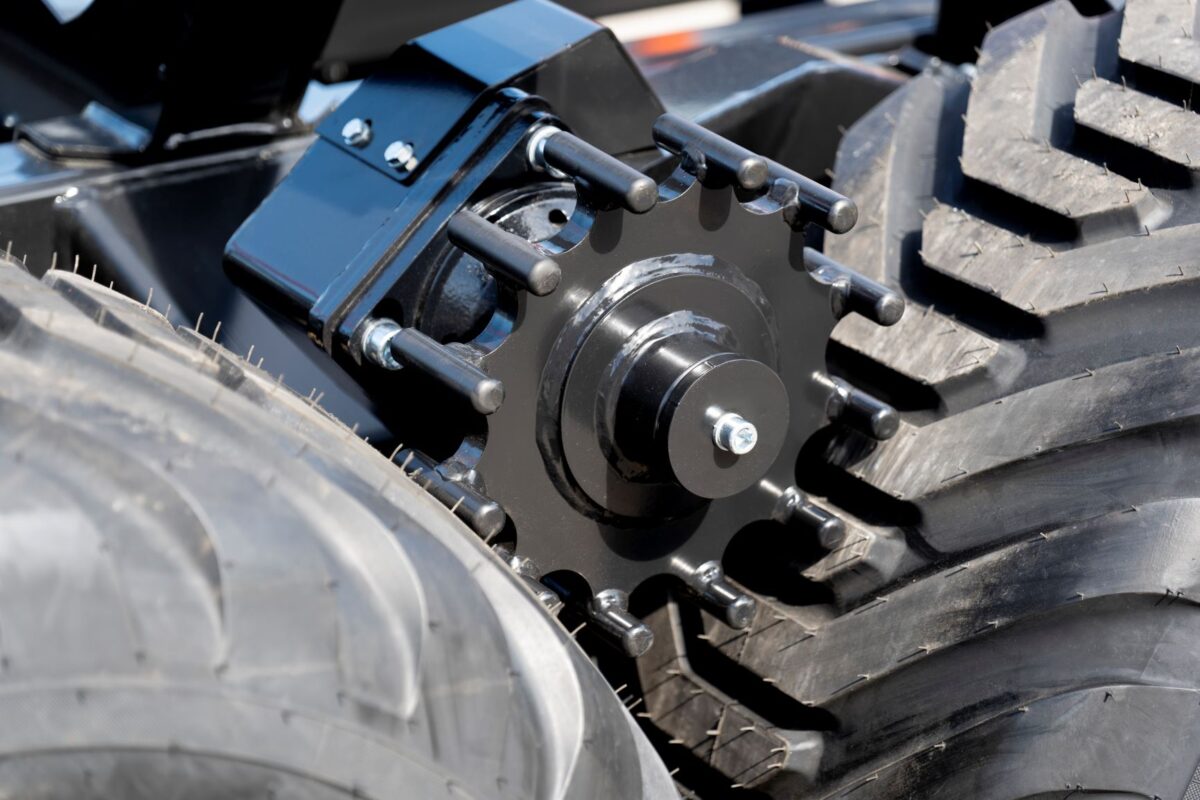
The video below shows one such design from Kranman in Sweden.
If only tree limbs of a suitable diameter are processed, then there is no need for further processing, they are simply used as-is.
However, if only large diameter trees are available, then breaking down the raw material into rough sawn lumber allows maximum use from a single tree.
Mobile sawmills can be used immediately after harvesting and cutting.
We do (or did) have the Supacat AT5-M40 Trailer Mounted Saw Mill
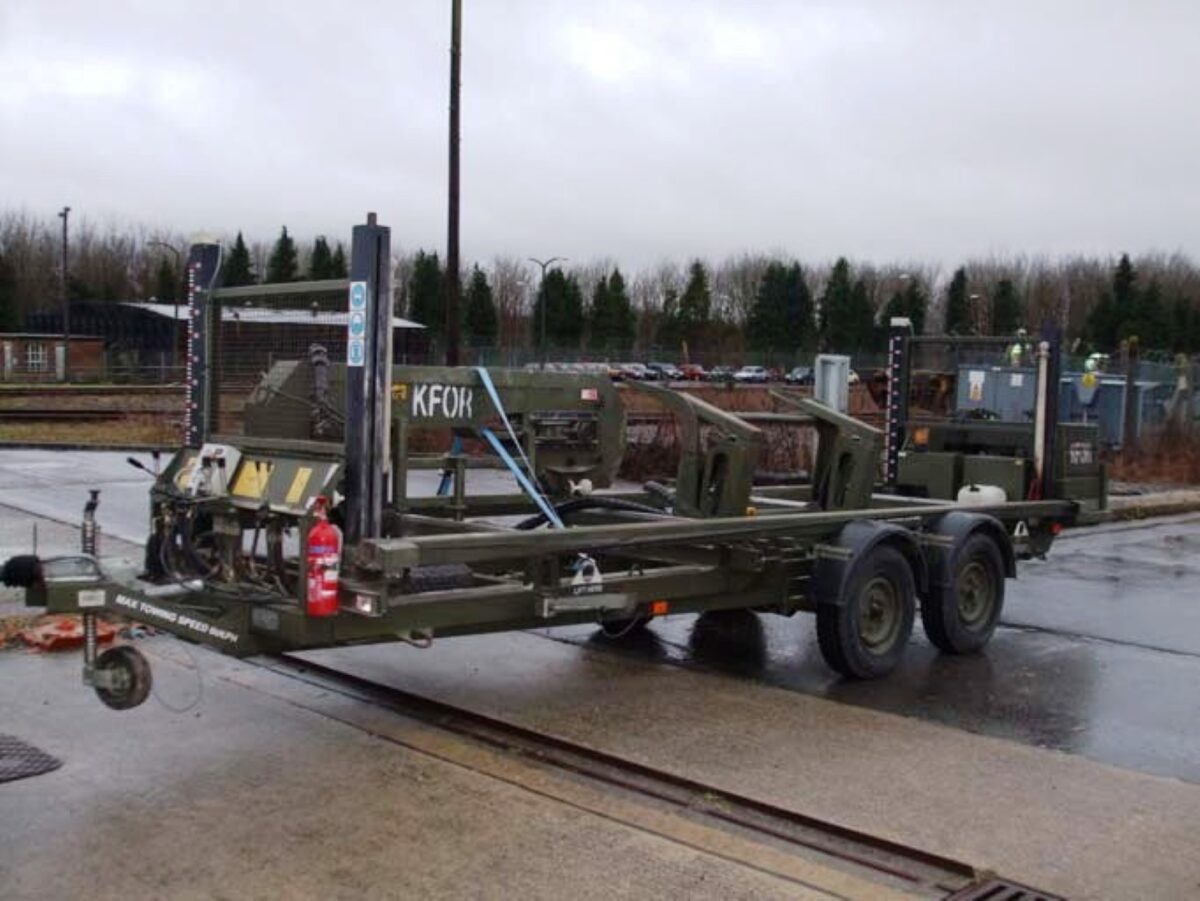
I am not sure if this is still in service.
Others are available, off the shelf.
And a beam saw might also be an alternative to reduce log handling, as this one from the USA shows
Chainsaw mills can also be used, although throughput will be much lower than a bandsaw.
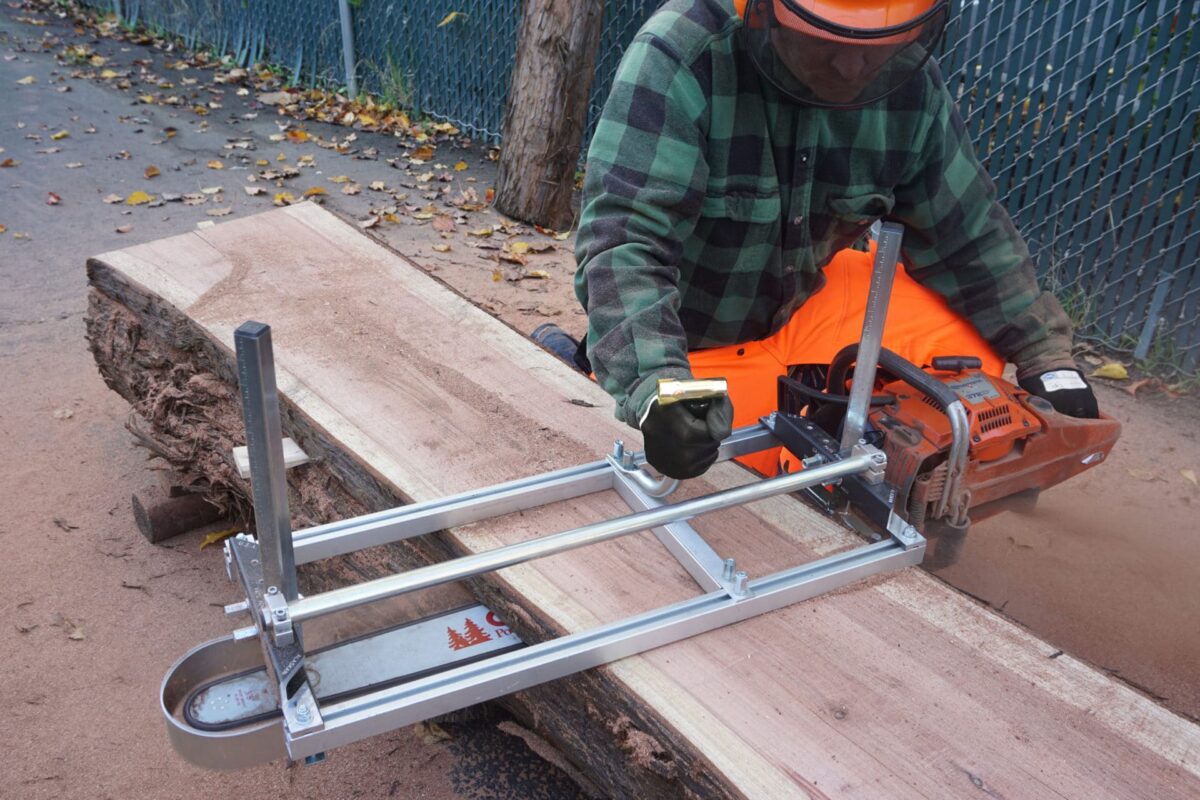
Beam saws might also be useful.
Post pointers are used to quickly put a point on a post to ease driving when used as revetment or reinforcement.
For example, the Rabaud Post Pointer
As with harvesting, milling, and post pointing devices, a large volume of usable product can be processed quickly and with minimal personnel, and best of all, none of this equipment is especially expensive.
It is also worth mentioning log handling tools at the point, skidding cones and tongs for example.
The main point with these suggestions is simply to improve our ability to generate usable timber products quickly, with minimal personnel overhead, and at a more than modest cost.
Timber is not necessarily the best product for the job but in many potential operational locations, it is abundant and good enough
Aggregate Processing
Like timber, aggregates (and I would extend that to include sand) will be in demand. Whether for concrete or as a sub base for field defences, we will use it in surprising quantities.
Again, though, the words ‘it depends on’ will come into use a lot.
Any materials available will depend on local geology, some may be more use than others, and getting the raw materials out of the ground is likely beyond the scope of any deployed force. So the most likely route is to exploit local quarries, processors, and building merchants
Bulk or bagged, there will likely be many sources available, and we can use existing plant and vehicles to load and move it, including the Iveco Self Loading Dump truck shown below.
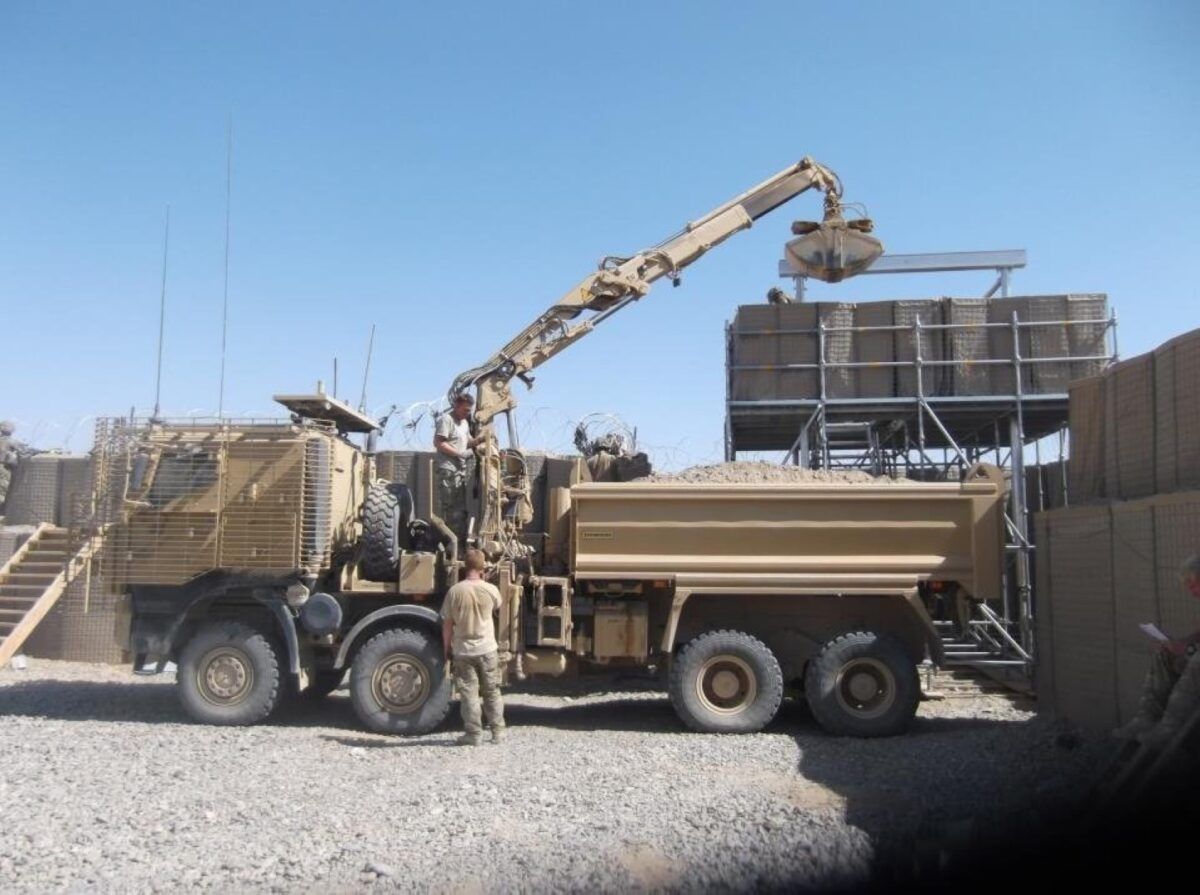
We can locally hire a large crushing and batching plant, and do this under the existing C Vehicle contract.
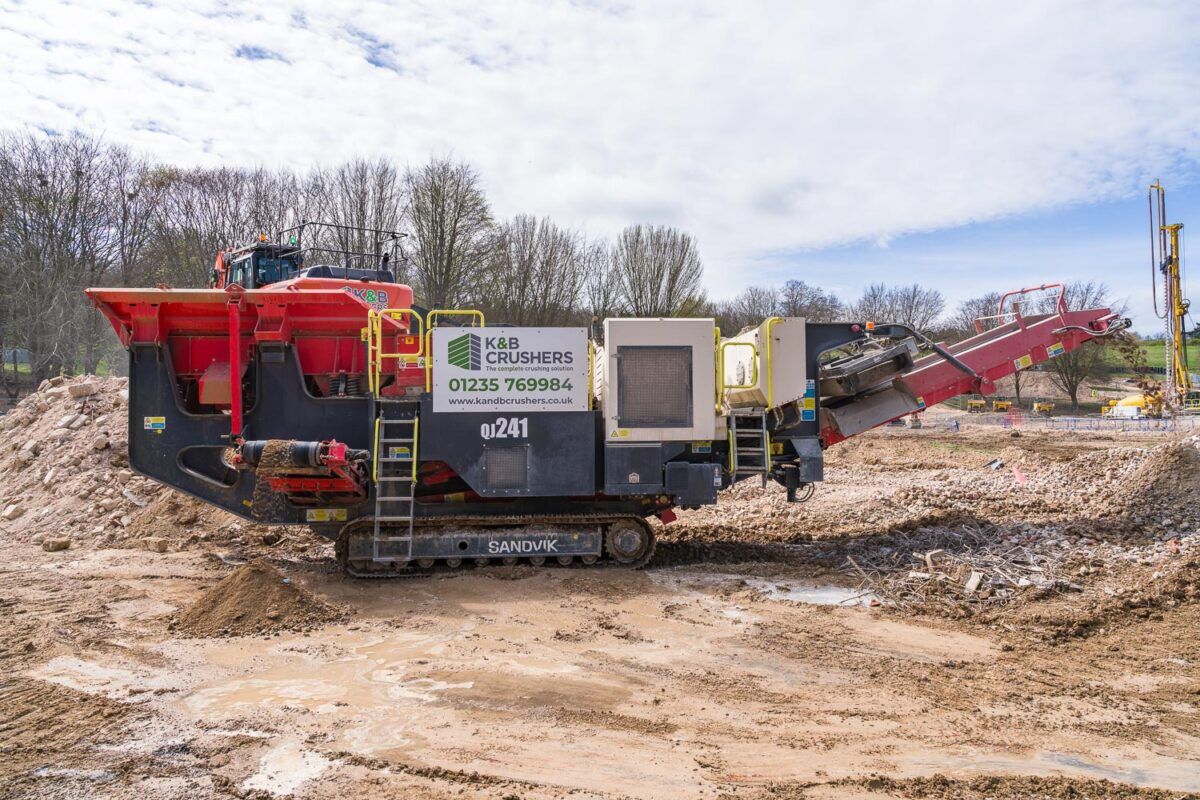
A more readily available source material may be building rubble, sadly.
Rubble can be processed in-situ using a combination of bucket crushers and rotating sorters.
These are attachments for existing excavators widely available from several manufacturers such VTN Europe and MB Crusher.
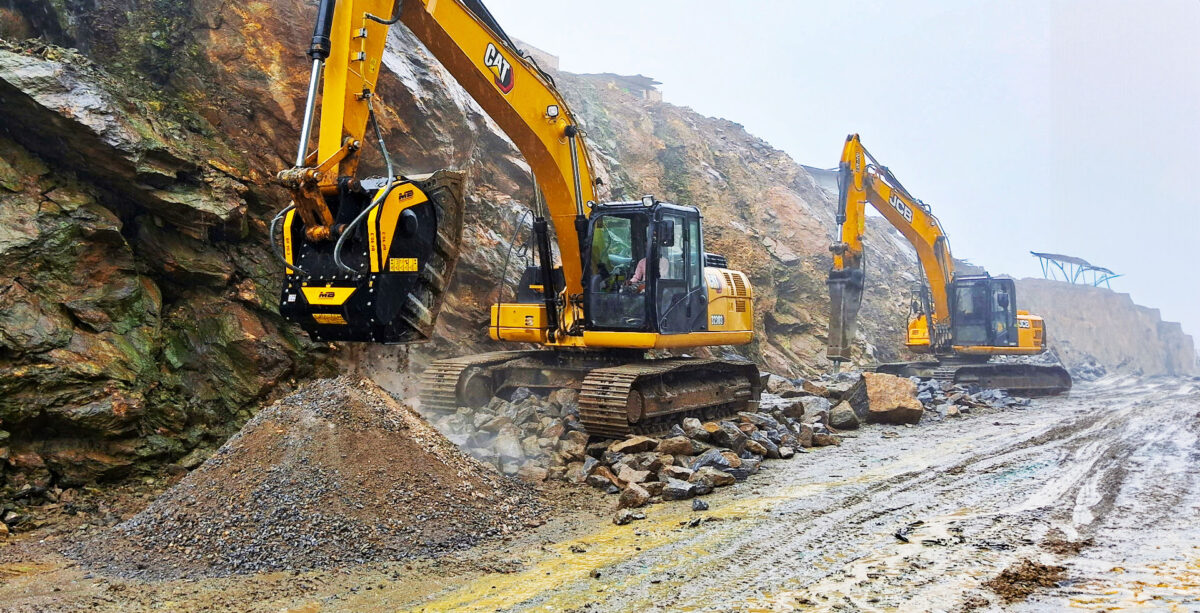
The example in the video is a smaller model from BAV Crushers in the UK.
Although they range in size, they can produce a reasonable amount of material relatively close to the point of need.
Cone crushers are an alternative to jaw crushers, and they are also available as an excavator attachment.
Sorting buckets sort the crushed materials to a specific size range, again, from BAV Crushers.
And a larger model from MB Crusher.
These can also be used with IBC filling frames, to make subsequent transport easier for smaller requirements.
Or even at yet another attachment.
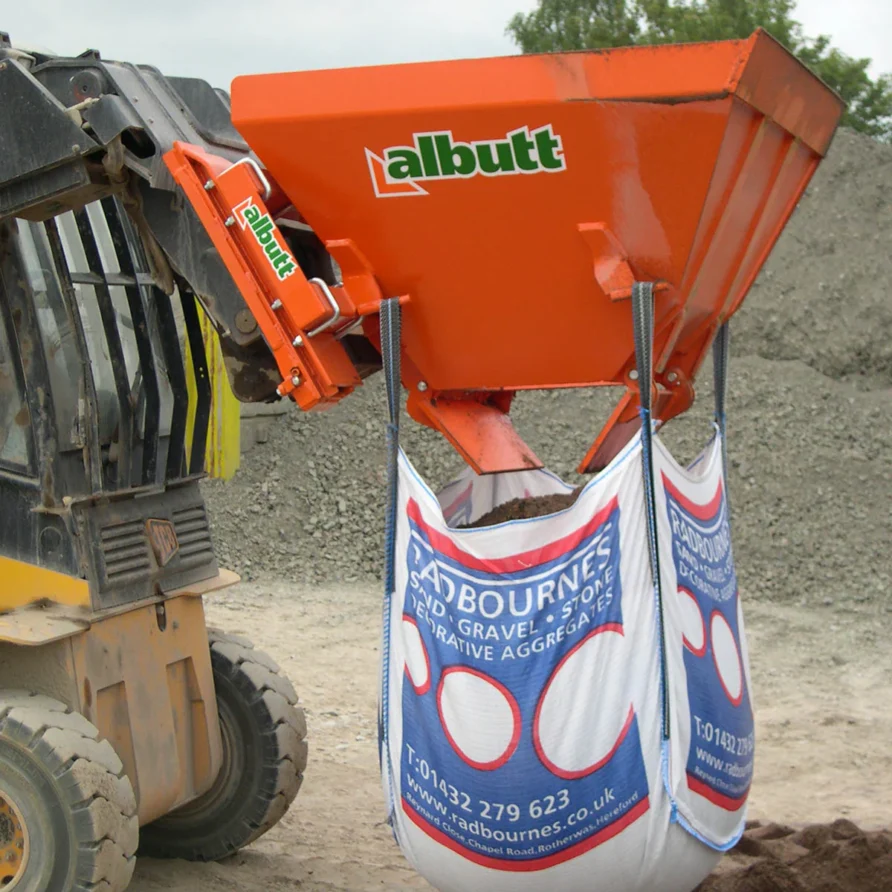
It is easy to scale up.
A typical unit is the RM 70GO! from Rubblemaster that can process up to 160 tonnes per hour with variable output sizes and rebar removal.
Whilst these may be able to process closer to the site, generally, they will still need some sort of transport.
The Iveco SLDT is, again, the obvious solution.
We could expand these by using a hooklift option, the US Army has the M6 Tipper Body that it uses with the HEMT heavy trucks.
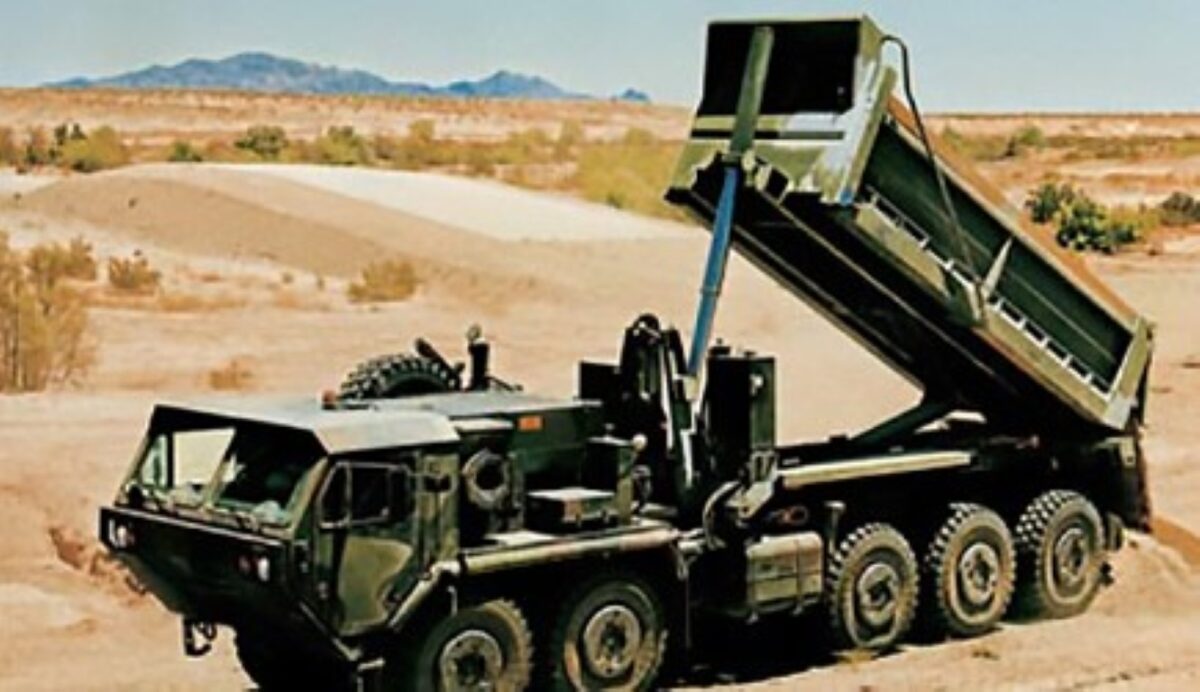
A trailer might provide another useful option, you probably knew I was going to say that.
Hooklift trailers can make use of tipping bodies, in a range of weights and capacities. This is quite a neat solution from Jas P Wilson in Scotland, that can also be used as a forestry trailer.
Even the Royal Marines with their Polaris MTZR’s can get into the action! This model, from Vahva Jussi in Finland, also has a Robson Drive for improved mobility, and can carry a tonne of material, yet only weighs 150 kg.
Finally, back to Kranman, the video below shows one of their forestry trailers and a quick conversion to a tipping trailer.
Neat.
Like all these solutions, there are loads of them, all waiting to be exploited, if only I was responsible for the budget.
Think Defence is a hobby, a serious hobby, but a hobby nonetheless.
I want to avoid charging for content, but hosting fees, software subscriptions and other services add up, so to help me keep the show on the road, I ask that you support the site in any way you can. It is hugely appreciated.
Advertising
You might see Google adverts depending on where you are on the site, please click one if it interests you. I know they can be annoying, but they are the one thing that returns the most.
Make a Donation
Donations can be made at a third-party site called Ko_fi.

Think Defence Merch
Everything from a Brimstone sticker to a Bailey Bridge duvet cover, pop over to the Think Defence Merchandise Store at Red Bubble.
Some might be marked as ‘mature content’ because it is a firearm!
Affiliate Links
Amazon and the occasional product link might appear in the content, you know the drill, I get a small cut if you go on to make a purchase

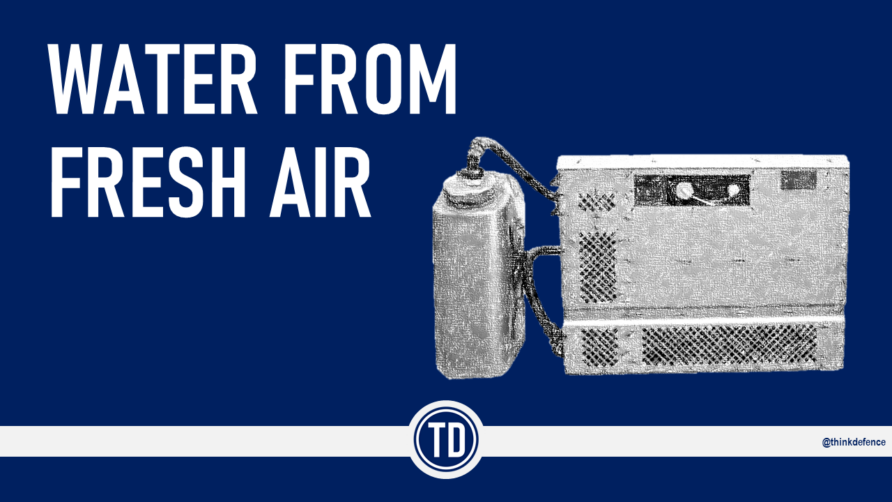
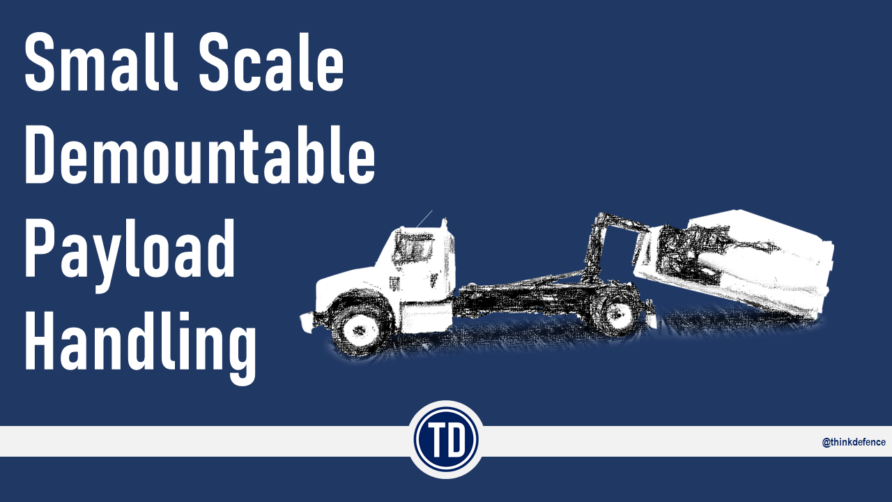
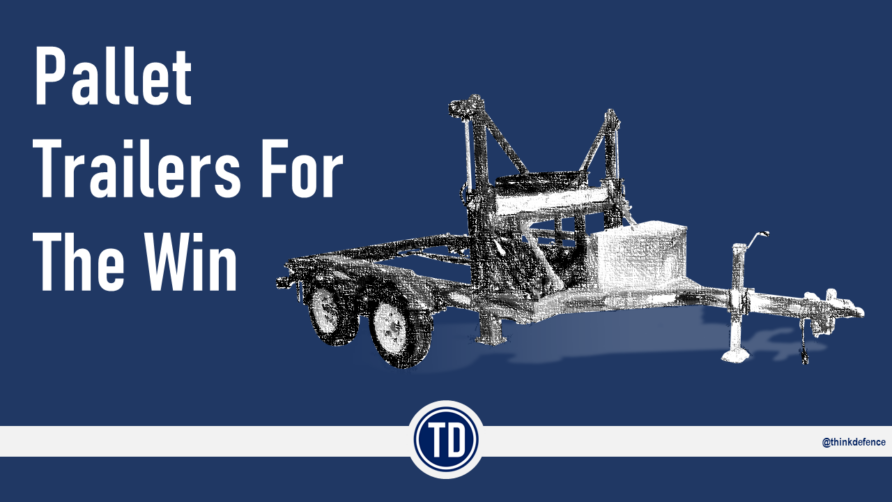
After the break out from Normandy the British alone required four aggregate trains a day from quarries in France.
According to a snippet in a lecture ok leadership, from Major General “Sharp End” Tony Jones, then an RE Troop Commander, once in Germany they could demolish any building except ecclesiastical ones for aggregate including people's homes.